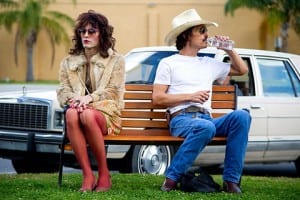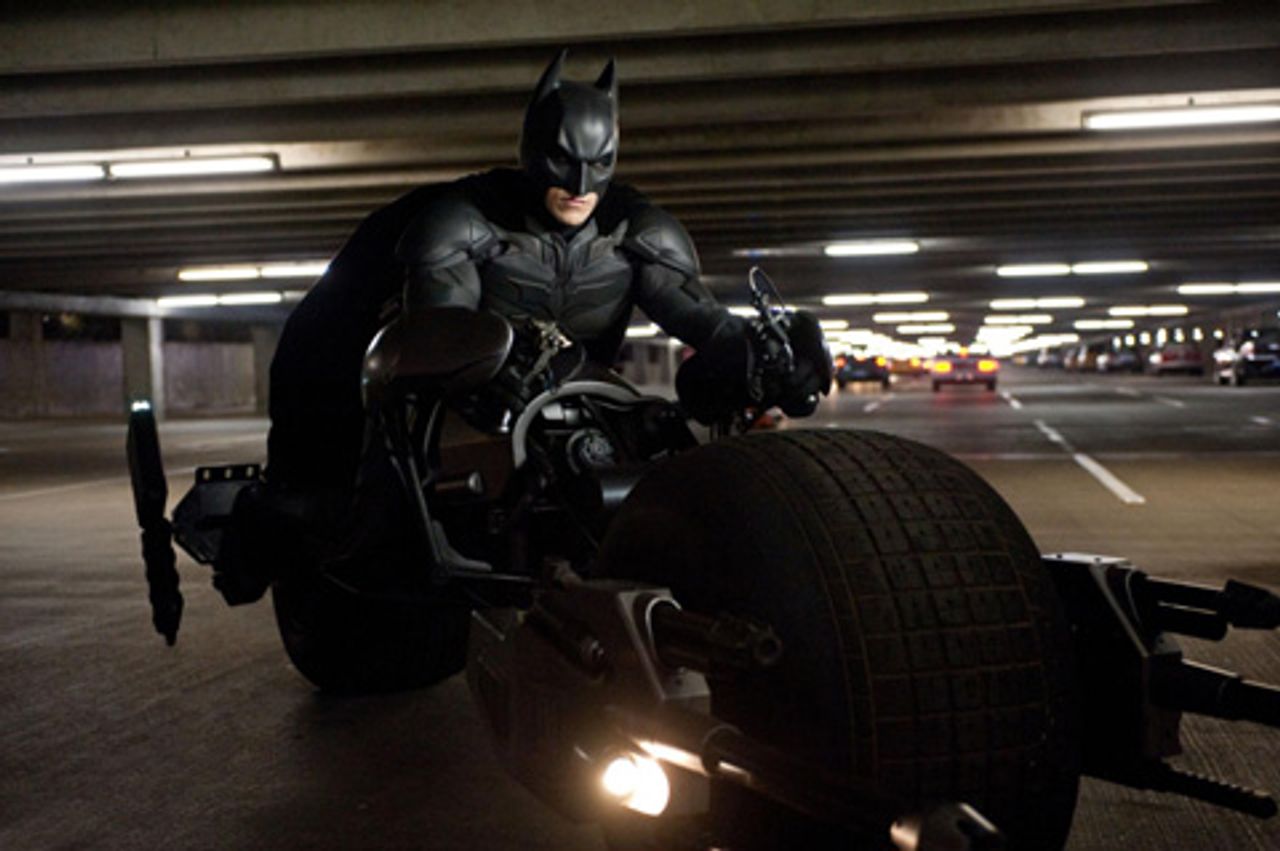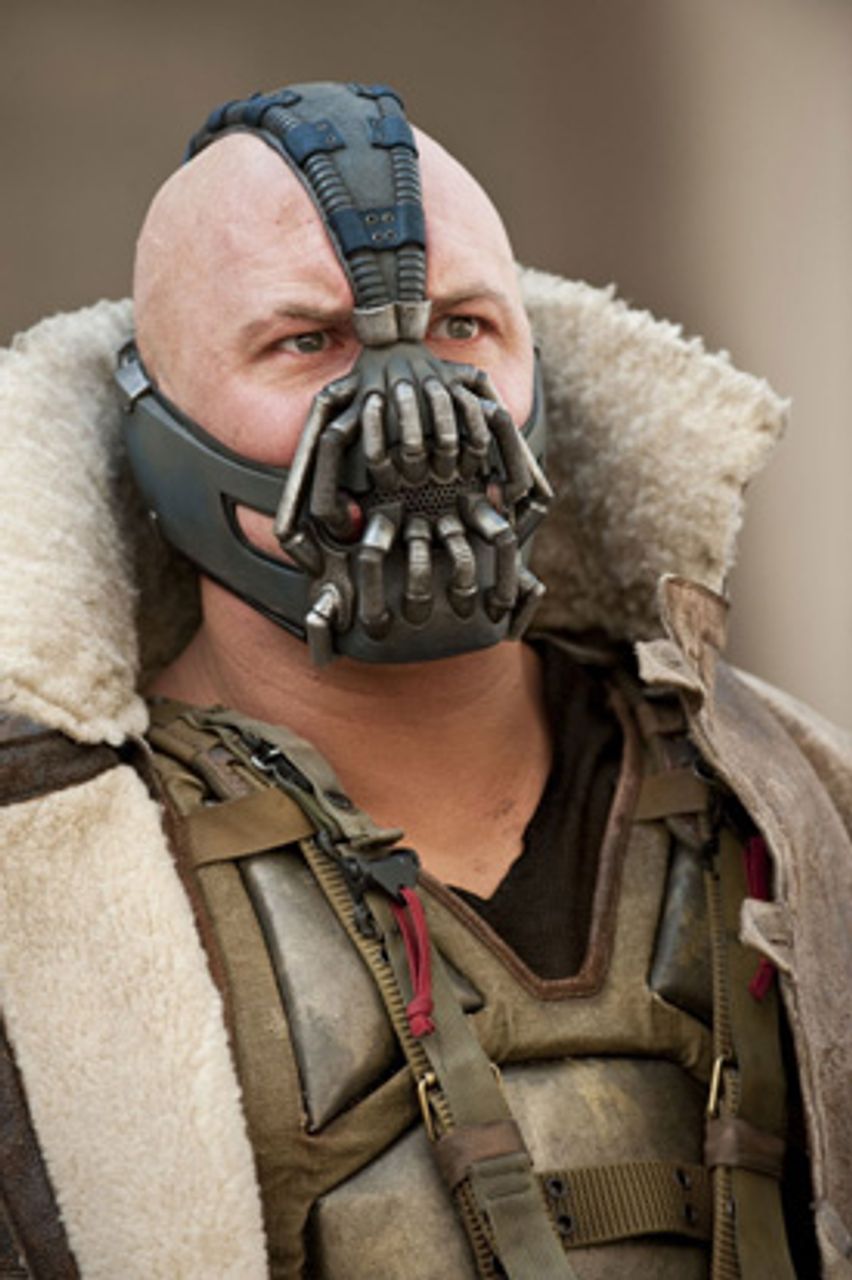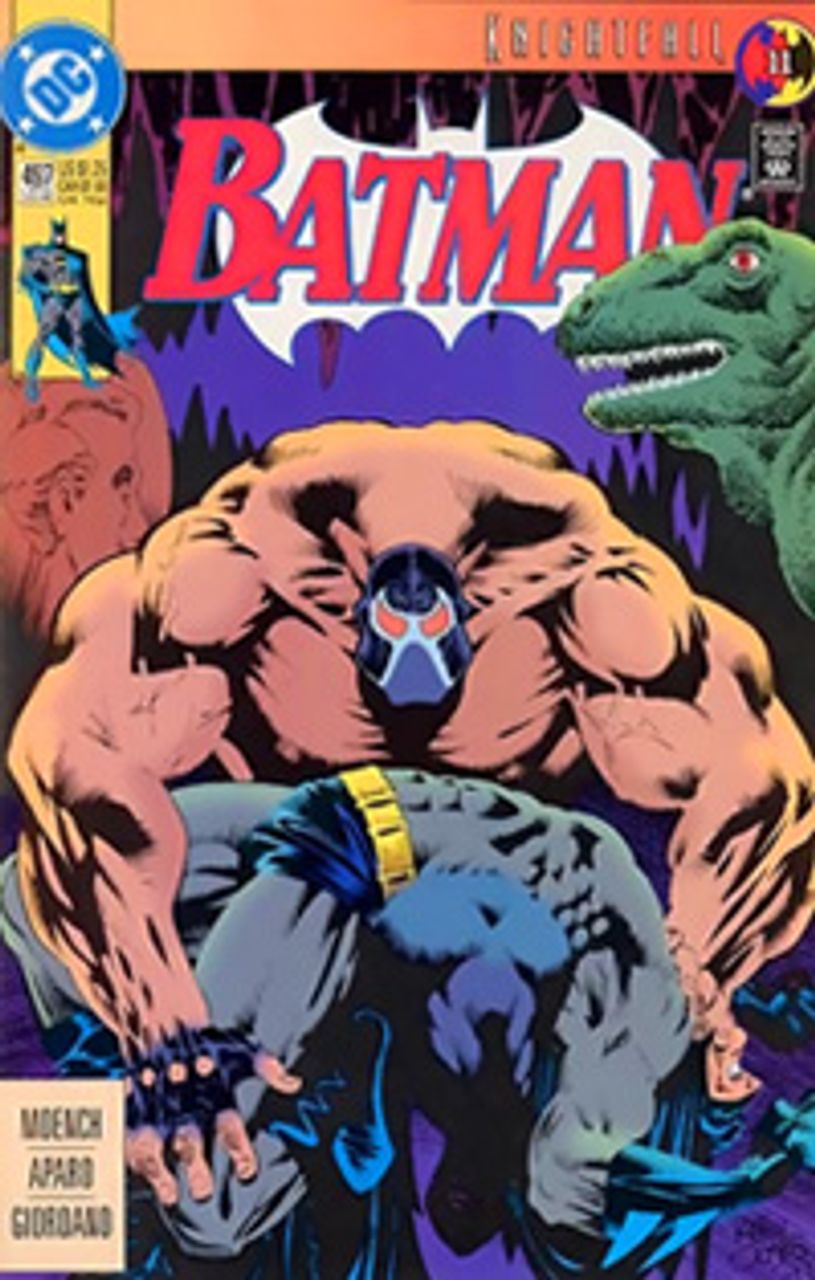Whatever Happened to the Somali Pirate Threat?
by LOUIS PROYECT, Counterpunch
 In 2013 there were no less than two films about Somali hijackings of merchant ships. “Captain Phillips”, the better-known one, is now playing at Cineplexes everywhere. The other is a Danish film called “A Hijacking” that played at art houses in June. In both the Somali pirates are like zombies in a George Romero film—symbols of unrelenting violence who crave money rather than flesh. I saw the two to stay abreast with the kind of films being considered by my colleagues in New York Film Critics Online for the December 2013 awards meeting, but with the added incentive of getting up to speed on what has been happening in Somalia. This was the push I needed to do a little research on the country’s recent history even if it meant being forced to look at Tom Hanks’s earnest puss for two hours—not to speak of the predictable Western civilization under siege message.
In 2013 there were no less than two films about Somali hijackings of merchant ships. “Captain Phillips”, the better-known one, is now playing at Cineplexes everywhere. The other is a Danish film called “A Hijacking” that played at art houses in June. In both the Somali pirates are like zombies in a George Romero film—symbols of unrelenting violence who crave money rather than flesh. I saw the two to stay abreast with the kind of films being considered by my colleagues in New York Film Critics Online for the December 2013 awards meeting, but with the added incentive of getting up to speed on what has been happening in Somalia. This was the push I needed to do a little research on the country’s recent history even if it meant being forced to look at Tom Hanks’s earnest puss for two hours—not to speak of the predictable Western civilization under siege message.
“Captain Phillips” is based on actual events. In 2009 pirates boarded a massive container ship called the Maersk 280 miles northeast of the Somali coast. For the reader used to looking at my film reviews in the way that they are intended, the leftist didacticism will go down easy. For those who have strayed inadvertently into these Marxist waters, my advice is to check Rotten Tomatoes for more conventional reviews with their customary spoiler alerts, and to abandon this ship immediately. Okay, now that we are done with that disclaimer, let me say that the film has a happy ending—unless you are a Somali pirate.
The pirates have a rough time of it from the minute they enter the scene. As two motorized skiffs approach the Maersk that has been primed to ward off pirates through one means or another, one turns back since the huge wake the ship has purposely churned up threatens to capsize it. The other skiff soldiers on, braving high-pressure hoses as brutal as Bull Connors’s in Birmingham. They also have to dodge miniature rockets fired from a hand-held launcher by the intrepid Captain Phillips. Like the character he played in the flag-waving “Saving Private Ryan”, the captain is a paragon of virtue—a man who loves his wife, adores his children, and would not be caught dead kicking a puppy.
Once the pirates board the ship, they run into a series of traps that leaves them bloody but unbowed. It is only when the crew seizes their leader Muse (pronounced Musay), a scrawny teenager, that they are forced to retreat. They will exchange Captain Phillips for Muse, and then go on their way in the ship’s lifeboat–an enclosed high-tech affair that looks like it could circumnavigate the planet. However, the treacherous pirates dragoon the captain with them into the lifeboat and once again demand millions in ransom—the stubborn ingrates.
The final half-hour of the film consists of Tom Hanks paternalistically lecturing the pirates over the futility of their effort. His lectures are reinforced by the appearance of an aircraft carrier and a destroyer that speak much louder than words. Very little happens in terms of action, except an attempt by Hanks to swim for freedom in an unguarded moment. Other than that, it is just the captain looking forlornly at his captives and making small talk. The director tries to sustain a feeling of suspense by deploying an insistent film score that begins to lose its dramatic intensity after five minutes or so. Not even Beethoven could have come up with something to liven up these proceedings.
That being said, the film certainly succeeds on its own terms as brisk high seas drama that began to remind me more and more of another high-tension film called “United 93” that was based on the hijacking of the 9/11 airplane that went down over Pennsylvania. I patted myself on the back when I learned that Paul Greenglass directed both films. He has a knack for moving things along, almost succeeding in keeping me on the edge of my seat during the slack finale of the film. If you don’t mind the film’s crappy politics, there are worse ways to spend two hours in a Cineplex.
Okay, now for that spoiler. Snipers on the destroyer kill the three pirates holding the captain while Muse, who has boarded the ship under the impression that he was there to negotiate the terms of the ransom, is arrested. His full name is Abduwali Abduqadir Muse and he was 18-years-old at the time of the hijacking. He is now serving a 33-year term in a federal penitentiary.
Not only was the budget of “A Hijacking” miniscule compared to “Captain Phillips” (2 million versus 55 million dollars); the hijacked boat—the SS Rozen—could have fit on the deck of the Maersk. (The Rozen had actually been hijacked a few years earlier.)
The film begins with the CEO of a Danish shipping company playing hardball with Japanese industrialists over some parts his company needs for his fleet. They are demanding $25 million and he is intent on making them accept no more than $15 million. His day starts out on a high note when he whittles them down to $14.5 million.
But gloom descends upon him and his fellow executives when they get a phone call informing them that the Rozen has been hijacked. Unlike “Captain Phillips”, this film is much more about the negotiations between the pirates and the CEO than it is about action on the decks, so much so that there is not even a scene of the pirates scaling a ladder to seize the boat.
Almost the entire movie consists of the CEO on the telephone with one Omar, the only English-speaking member of the hijacking team assigned to negotiate the terms of the ransom. It is very obvious that the transaction is not that different from the one involving the Japanese industrialists earlier in the day, even though the stakes are a lot higher.
When we are not witnessing the hardball exchanges between the two parties, we are being made aware of the terrible hardships of living on a boat where raw sewage, stifling heat, and diminishing food and water supplies become the norm.
Finally, after some months, they agree on a $3.3 million ransom and the film comes to an end. The only concession to an audience’s expectation of violent conflict is at that very end, when a pirate kills the captain over a purloined piece of jewelry owned by the ship’s cook who is the major character of the film. We don’t really know much about him except that he desperately wants to go home and pleads with the CEO over and over to pay the pirates what they want. You cannot escape the feeling that the shipping company views the crew as less important than their bottom line.
It turns out that I was superimposing my own radical views on a film that had a different perception of the CEO’s role. A Film Ireland interviewer shared his take on the film with director Tobias Lindholm: “The CEO is a very interesting character – he sets out to try to negotiate the smallest ransom for the release of his ship and crew, but develops beyond mere calculation into something much more human. “ That prompted this reply:
My brother brought me up with the idea of rich people being evil, that they stole money from poor people. Of course I realized by the age of 12 that wasn’t the whole truth. So I always wanted to tell a story about a wealthy guy who is also just a human being. The easy part would be to make him corrupt and evil. I didn’t want to do that – so meeting the real McCoy, who’d had a ship hijacked, who was negotiating with pirates at the time, really opened up that part of the story.
While it was quite noble of the director to make the case for rich people, the same cannot be said for the treatment of the pirates who were even more loathsome than those encountered in “Captain Phillips”. Indeed, you even get a minute or so of dialog in the Hollywood film that points to a possible explanation why Somalia has become a pirate’s cove. Muse tells the captain that they are fisherman whose lives have been destroyed by industrial fishing boats.
This was something I had heard on leftwing websites and in the print media so I was anxious to discover the details. That is where my research began, with a reading of Mary Harper’s “Getting Somalia Wrong? Faith, War and Hope in a Shattered State”, a 2012 title from the reliably radical Zed Books in London.
With a chapter on piracy, I had hopes that I would get the low-down on the piracy epidemic that I was surprised to learn had virtually disappeared long before these two films had been released. This was according to Martin Murphy, one expert cited by Harper. (Piracy attacks drop to zero – why? )
After reading the first four chapters of Harper’s book that was very good at debunking notions of “a failed state” and condemning the “war on terror” that had cost the lives of innocent Somali herdsmen, I fully expected the fifth chapter on piracy to be something in the vein of E.J. Hobsbawm’s “Bandits”, a 1969 book that examined the Robin Hood paradigm from a Marxist perspective.
The chapter begins auspiciously enough with a statement made by one Gedow Ali:
My name is Gedow Ali. I live somewhere on the Somali coast, bordering the Indian Ocean. I would prefer not to be referred to as a ‘pirate’ but as a member of the ‘Coast Guard’.
We used to live happily in our area, but circumstances forced us to become what we are now. Our livelihood as fishermen was threatened by foreigners who came to our seas and stole our fish. We decided to do something about it; that is why we formed our ‘Coast Guard’ group.
We ‘arrest’ ships that come into our waters. We charge them a ‘fee’ and ask them never to come back. We use this money to replace our equipment that has been destroyed by the foreign aggressors, and to compensate the families of members of our group who have been killed or injured by them. My life is very comfortable now but some people in the ‘Coast Guards’ live in miserable conditions.
As it turns out, the pirates have little to do with Robin Hood and much more with the sinister figures depicted in the two films. In a section subtitled “Myths and Misconceptions”, Harper gets down to brass tacks, recommending the analysis of a Norwegian academic Stig Jarle Hansen who wrote “Debunking the Piracy Myth”. Hansen states in this article:
According to Mohamed Waldo, piracy off the Gulf of Aden is the product of the illegal, unregulated, and unreported fishing of foreign trawlers. But again, several facts also contradict this claim. Firstly, as described earlier, Somali pirates have always targeted non-fishing vessels.14 Statistical records show that the easiest and most valuable targets, slow-moving cargo ships with no ties to illegal fishing, have been the most popular targets of Somali pirates throughout the 1980s, 1990s, and 2000s. In other words, Somali pirates seem to have always hunted for profit.
In fact despite often having been fishermen themselves before becoming pirates, they make lives of local fishermen miserable. The pirates often scare the fishermen away, while the cargo ships mistakenly fire their hoses at skiffs of legitimate fishermen. Indeed, the pirates prefer modern speedboats to the traditional skiffs. Fishermen become pirates because that is where the money is. One man interviewed by Harper states that it was easy to make the transition, purchasing an AK-47, a rocket launcher, and a speedboat to get started.
As criminals, they care little about the crews of the hijacked ships, even though they frequently have modest social origins much more like their own than the CEO’s they are trying to extort. A report from the One Earth Future Foundation should dispel any “Robin Hood” illusions in these criminal bands:
Other reported abuses included systematic physical isolation and deprivation including being forced to stand on deck in the sun without any water, kneeling on the hot deck plates causing second degree burns, being crammed together in a small cabin without ventilation on a hot day, being tied up and kept isolated, and being removed from the ship and taken ashore. Other reported examples of serious abuse included one crewmember’s fingers being squeezed with pliers, seafarers being hung overboard and immersed in the sea up to their shoulders, and some even being taken by boat a few miles away from the main vessel, thrown overboard, and abandoned in the water for a period of time.
Ironically, the one constituent of Somali society that was ready to eradicate the pirates have also been the demons of Western public opinion, namely the Islamists who once governed a supposedly ungovernable state.
In 2006, when Somalia was ruled by the Union of Islamic Courts (UIC), a network of sharia law bodies of the kind loathed equally by imperialism and some on the Islamophobic left, the pirates were brought under control because the UIC deemed piracy haraam, or against the principles of Islam. Armed detachments were sent against pirate ports and their denizens sent on the run. Hizbul Islam, another Islamist group, drove them from one of their main strongholds in Haradeere. Harper writes: “There were dramatic reports of some three or four hundred pirates fleeing through the bush with their weapons, some on foot, others in Land Cruisers.”
While it is a bit beyond the scope of this article to deal with all the contradictions of Somali society, suffice it to say that when Kenya intervened in Somalia to topple the UIC on behalf of American imperialism, it drove Islamists into the arms of al-Qaeda. Al-Shabaab, the jihadist group responsible for the massacre of civilians in the Westgate shopping mall in Nairobi, would probably never have emerged if the UIC had been allowed to govern Somalia. Even with its repressive practices, such as banning popular music and forcing women to wear heavy robes, it provided security in a country where clan-based militias had wreaked havoc for years.
Deploying drones against Somalia only deepens the resentment of its citizenry, many of whom have little sympathy for the jihadists. In a pattern that appears drearily familiar around the world, American imperialism is fostering the growth of radical Islam in the very course of trying to eliminate it. In other words, complying with Albert Einstein’s definition of insanity: “doing the same thing over and over again and expecting different results.”
Louis Proyect blogs at http://louisproyect.org and is the moderator of the Marxism mailing list. In his spare time, he reviews films for CounterPunch.






